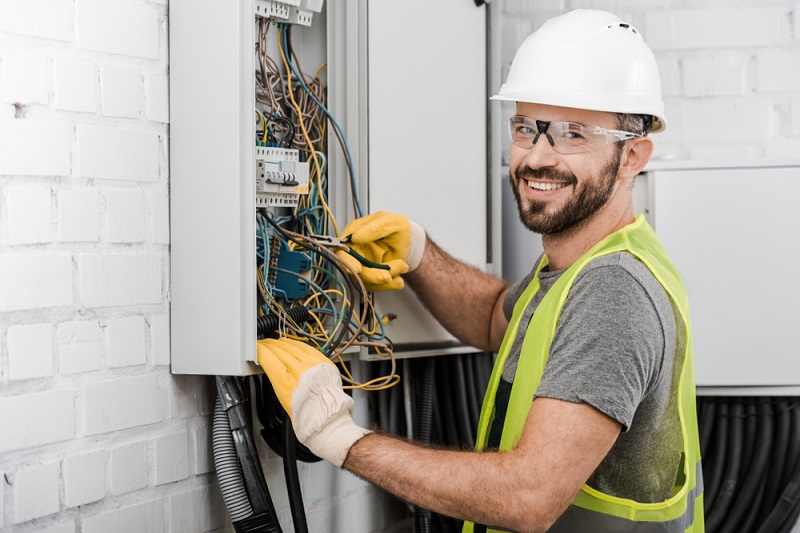Residential properties need to use electricity for everything from lights to the heating and cooling systems. Although electricity makes life easier, it can be hazardous as well. This is why, even electricians need to be cautious when working with electrical appliances and machines.
Electrical issues tend to be common problems that many households face. To deal with such problems, a licensed residential electrician is required. As an electrician, you should be able to troubleshoot wiring issues, as well as check the outlets. Often, electricians also carry checklists with them, and these checklists make doing their job easier. So what are some useful tips that residential electricians should know about?
1. Remodeling Electrical Boxes When Needed
Remodeling boxes are also known as cut-in boxes. These are installed once the drywall or the ceiling has already been installed. There are flip-ears in place, that help keep the package safe. Bending tabs can also be attached to the back side of the already installed drywall.
In order to mount this kind of box on to the framing, you’ll need to make one hole that the box can go through. Then, you’ll need to shift the remodeling box through that hole. Then tighten its screws. This will enable you to pull its tabs or ears to the ceiling or the drywall.
2. Upgrading Circuit Breakers
If you’re dealing with old wiring, then the circuit breakers will trip sometimes. This is as they aren’t capable of handling the high voltage found in modern electronics or even HVAC systems. You can reduce the prevalence of this issue by upgrading circuit breakers.
This will enable it to bear a greater load, for an extended period of time. Consider getting electrician liability insurance as well. This is as career as an electrician leaves you exposed to certain risk factors. You could end up getting sued by a client who is unhappy with your work. When you have electrician liability insurance, you can better protect your finances as well as your career. If you want to learn more about electrician liability insurance, then click here.
3. Using Multiple Switches Using A Hot Wire
Wire boxes tend to be crowded enough with just three switches, but modern homes require more connections as well as pigtails. You’ll need to devise a system for wiring that gets rid of the splices and makes the installation appear more pleasing aesthetically.
That hot wire you’re working on will need to be left long. Do this instead of using pigtails for the different turns. In order to connect various switches, the wire as well as the wire stripper will need to be scored. Only about 3/4 inches of the bare wire should be exposed.
For the rest of the intermediate switches, repeat the same procedure. To attach the last switch, loop the wire in a clockwise direction over the screw.
4. Electrical Wiring Traced In Walls
You’ll need to know where the wires are located. You can use different tools that can map out the electrical wiring present in the walls. One such tool is a stud finder that’s magnetic. It can detect metal nails that are situated in the studs in the walls.
After you’ve located the wires, you’ll need to use voltage detectors. You can also use a circuit tester that’s neon to detect what kind of voltage is present.
5. Using Metal Conduits
Electrical wires should be properly secured so that they don’t touch anything. You can pull individual strands of your electrical wire through metal conduits. You can draw cables between electrical boxes, using the individual strands located within the conduits.
You can find various kinds of metal conduits. Some have a solid construction while others are more rigid. You’ll also need to adhere to the Electrical Code when using metal conduits.
6. Alternative To Junction Boxes
It’s possible to shift the ceiling lights even if you don’t want to run additional wires. The electrical codes state that electrical devices as well as the wiring connection need to be placed in an electrical box. The box can be made of plastic or metal. It’s also called the junction box. It should have a cover that shields the wiring that’s placed inside.
You can also get rid of the need to use a junction box, by using specialized devices. You can use integrated boxes in order to make the wire connections. These devices are usually attached to surfaces and work in the same way as junction boxes.
Conclusion
Electricians make use of various tricks, that they’ve learned over time, to excel in their careers. From knowing how to run wire to using metal conduits, this guide lists six useful tips for residential electricians. Use the tips in this guide to perform better at your job.

